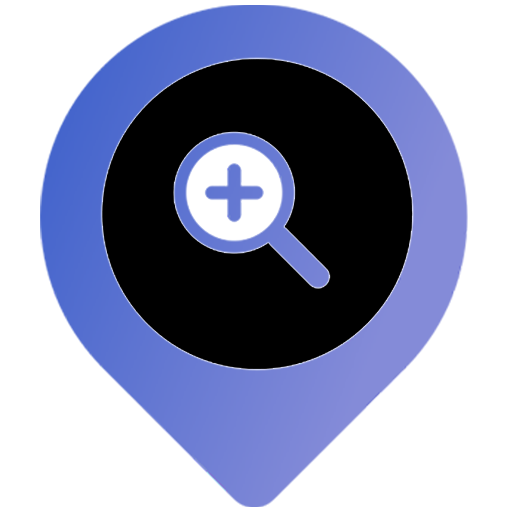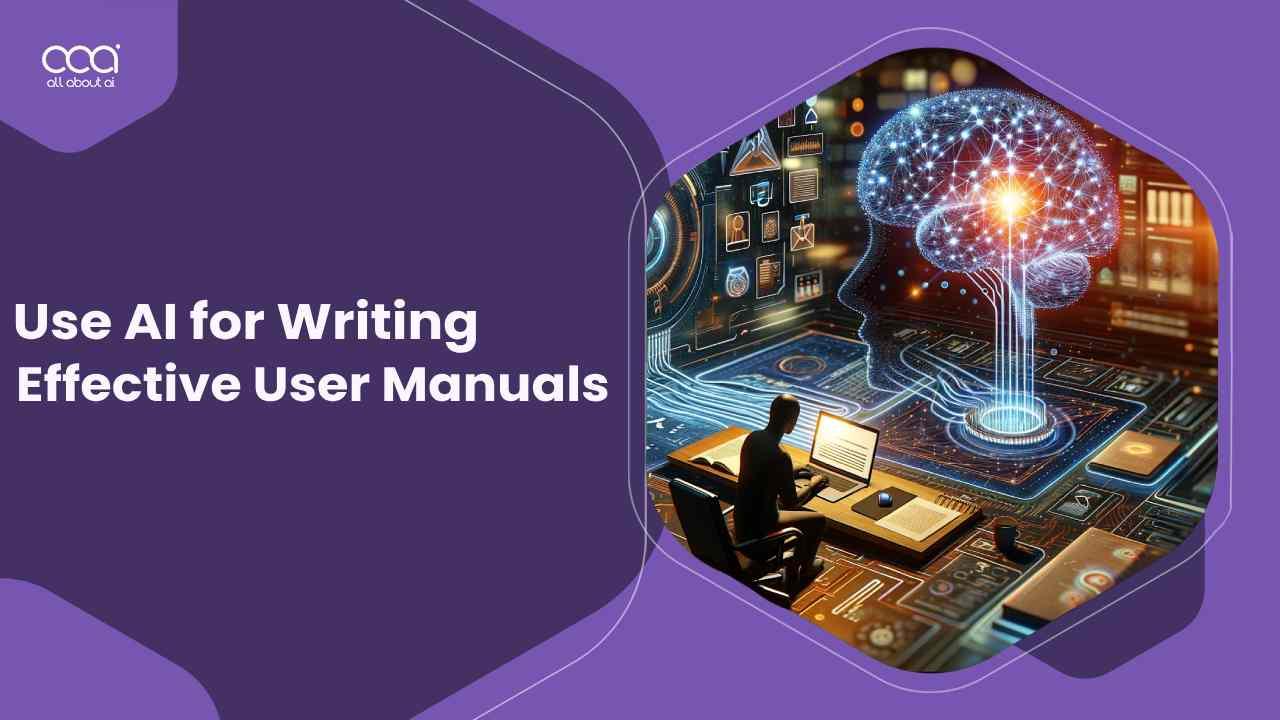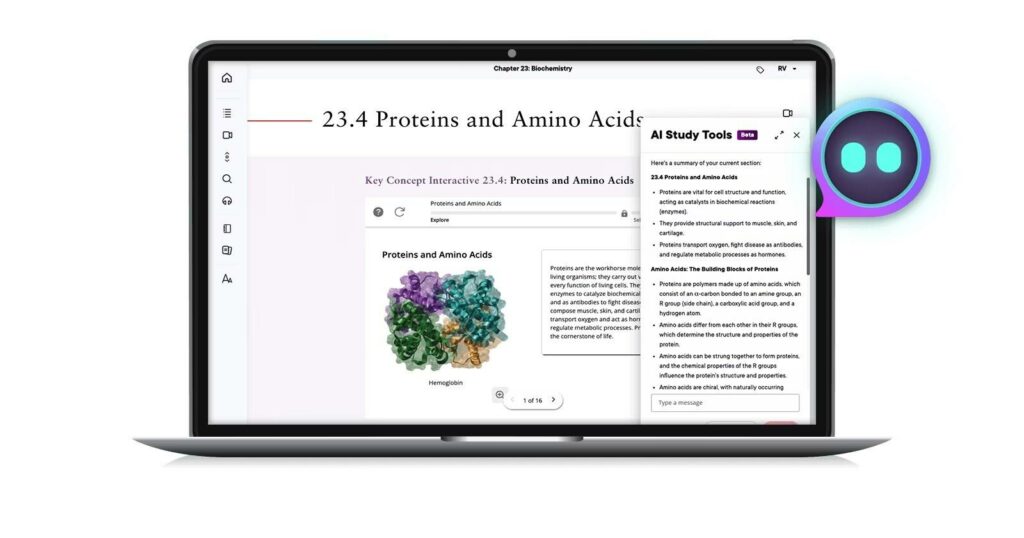In an age where technology evolves at lightning speed, the way we communicate complex information must keep pace. User manuals and help pages, once dense and daunting, are now ripe for transformation. Enter artificial intelligence-a tool not just reshaping how we interact with devices but revolutionizing the very guides that help us navigate them. By harnessing AI, companies can craft clearer, more intuitive documentation that anticipates users’ needs and adapts in real time. This article explores how AI is redefining the creation of user manuals and help pages, turning them from static texts into dynamic, user-friendly companions on every digital journey.
Table of Contents
- Crafting Clear User Manuals with AI-Powered Content Generation
- Enhancing Help Pages Through Intelligent Personalization and Contextual Guidance
- Best Practices for Integrating AI Tools into Your Documentation Workflow
- Q&A
- Concluding Remarks
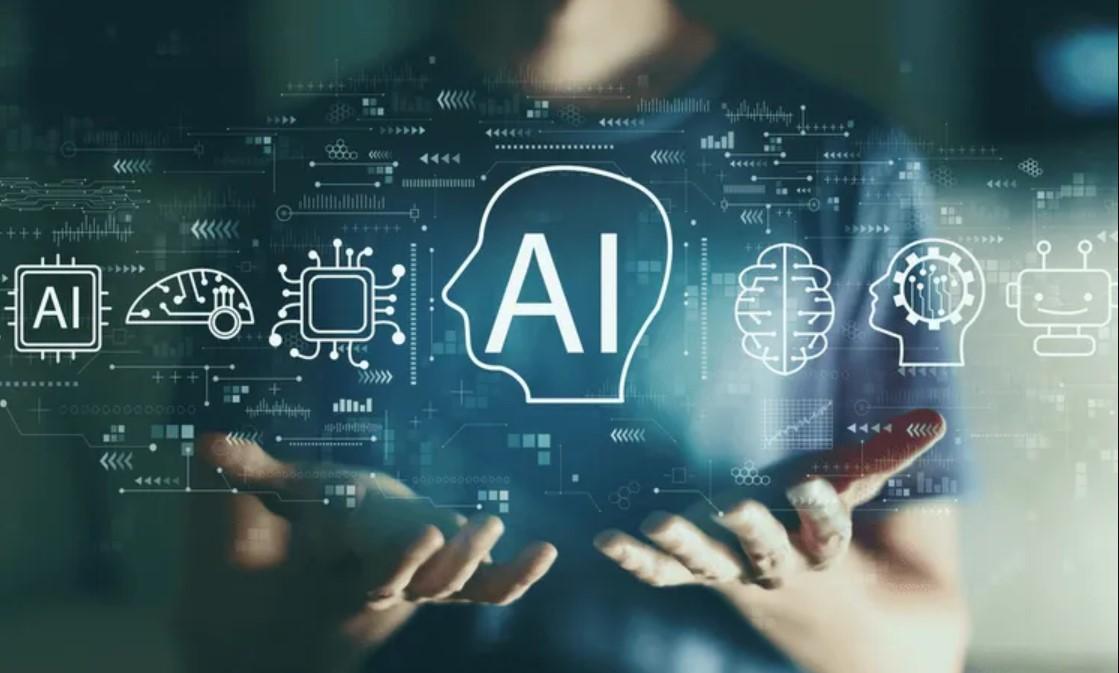
Crafting Clear User Manuals with AI-Powered Content Generation
Leveraging AI for user manuals can transform cumbersome texts into concise, accessible guides that resonate with users of all levels. By integrating AI-generated content, you can quickly create manuals that feature:
- Dynamic troubleshooting tips tailored to real-world user queries
- Step-by-step instructions with clear language and contextual examples
- Automatic updates reflecting product changes without manual overhaul
- Multilingual support for a globally diverse audience
| Feature | Benefit | Example |
|---|---|---|
| AI-Powered Summaries | Clarity and brevity | Condensed troubleshooting steps |
| Context-Aware Tips | Relevance and usability | Personalized FAQs |
| Real-Time Edits | Always up to date | Auto-adjusted warranty info |
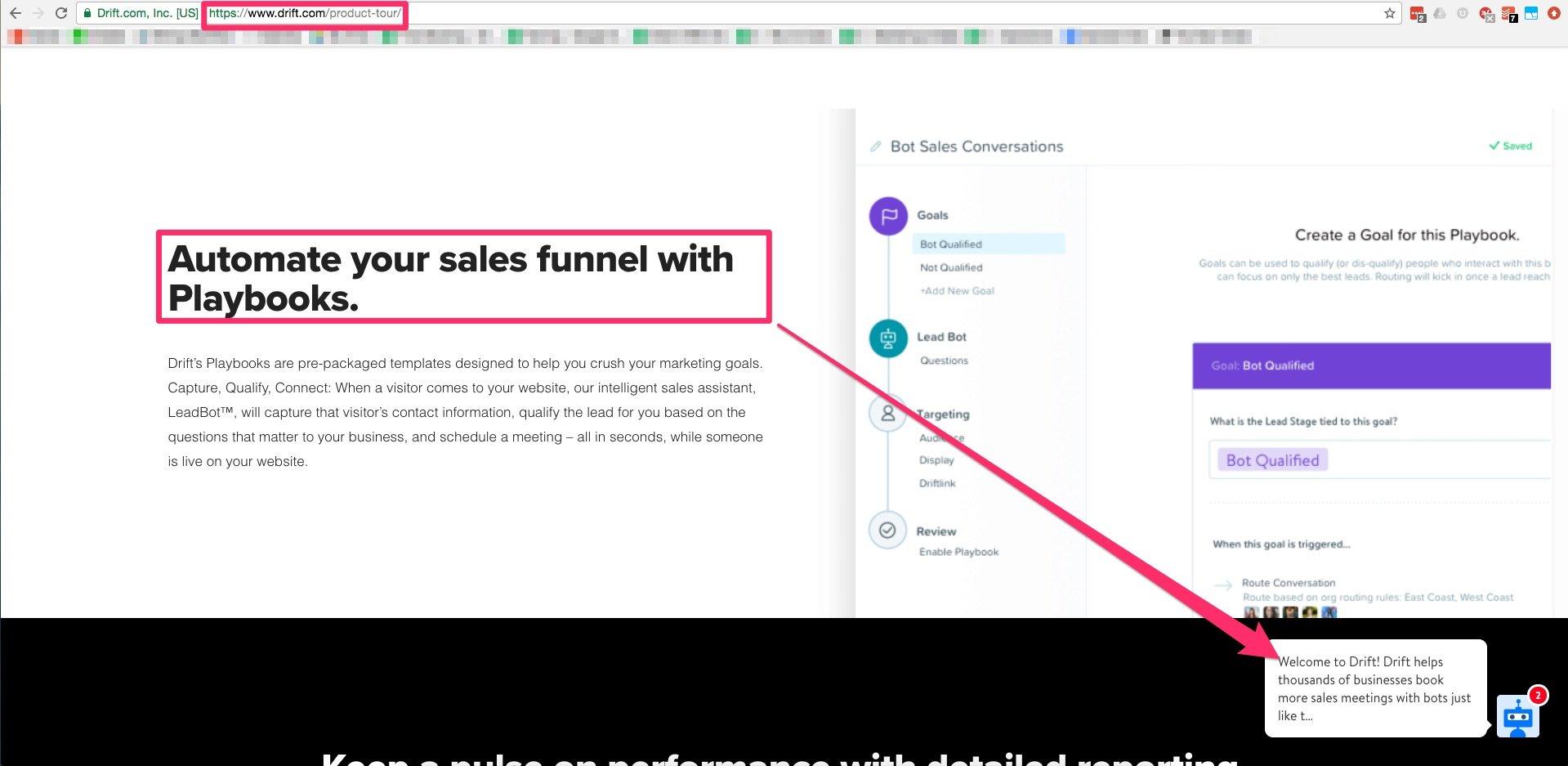
Enhancing Help Pages Through Intelligent Personalization and Contextual Guidance
Incorporating AI-driven personalization within help pages transforms generic manuals into dynamic, user-centric experiences. By analyzing user behavior, preferences, and previous interactions, AI can deliver tailored content that addresses specific challenges and learning styles. For example, contextual prompts can highlight relevant troubleshooting steps just as users encounter issues, reducing frustration and support tickets. Additionally, intelligent algorithms can recommend supplementary resources or video tutorials based on real-time usage patterns, making assistance intuitive and efficient. The result is a help system that feels less like a static guide and more like an interactive assistant, fostering user confidence and accelerating proficiency.
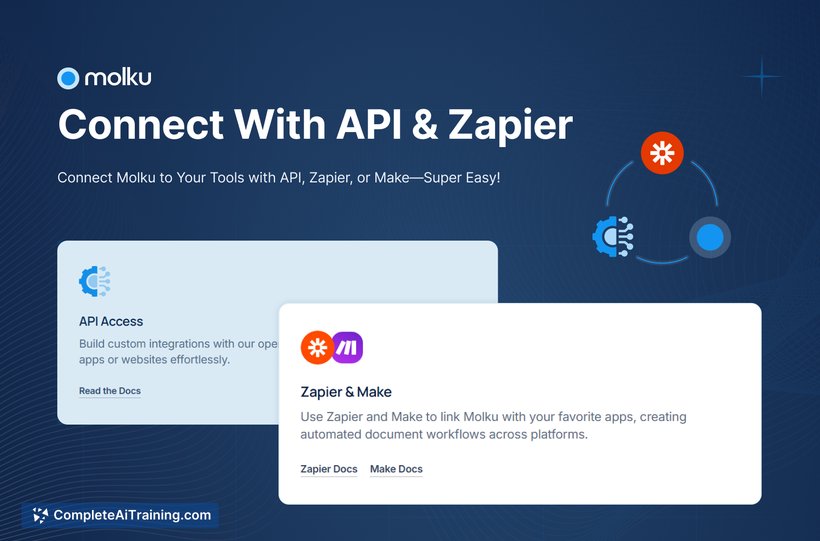
Best Practices for Integrating AI Tools into Your Documentation Workflow
Seamlessly weaving AI tools into your documentation process maximizes efficiency and accuracy. Prioritize collaborative editing by pairing AI-generated drafts with human expertise to maintain clarity and tone. Keep AI sources transparent to ensure confidence and credibility among users. Regularly update AI models with the latest product details to prevent outdated or incorrect content. Finally, experiment with AI’s ability to generate multiple content formats-such as step-by-step guides, FAQs, and interactive help pages-to cater to diverse user preferences and learning styles.
- Collaborate: Combine AI drafts with human review.
- Transparency: Disclose AI contributions to users.
- Update frequently: Keep AI trained on current info.
- Format variety: Use AI to create different content types.
| Practice | Benefit |
|---|---|
| Human + AI Review | Ensures accuracy and tone |
| Clear AI Disclosure | Builds user trust |
| Regular Updates | Prevents outdated info |
| Multiple Formats | Supports diverse audiences |
Q&A
Q&A: Using AI to Create User Manuals and Help Pages
Q1: Why use AI to create user manuals and help pages?
A1: AI can analyze complex product information quickly, generating clear, concise, and easy-to-understand documentation. This speeds up the production process, reduces human error, and ensures consistency across manuals and help resources.
Q2: How does AI understand what content to include in a user manual?
A2: AI leverages natural language processing and machine learning to digest technical specifications, user feedback, and existing documentation. It identifies key features, common issues, and step-by-step procedures to craft relevant content tailored to user needs.
Q3: Can AI customize manuals for different user skill levels?
A3: Absolutely. AI can adapt tone, complexity, and detail based on the target audience – from novice users needing basic guidance to advanced users requiring in-depth troubleshooting. This personalization enhances usability and satisfaction.
Q4: What are the advantages of AI-generated help pages compared to traditional ones?
A4: AI-generated help pages can be updated in real-time, incorporating new information as products evolve. They often include interactive elements, such as chatbots or dynamic FAQs, providing immediate assistance and improving user engagement.
Q5: Are there any drawbacks to relying on AI for this task?
A5: While AI excels at processing data, it may miss nuanced human experiences or contextual insights. Therefore, a hybrid approach combining AI efficiency with human review ensures accuracy, empathy, and quality in the final output.
Q6: How can companies implement AI for their documentation needs?
A6: Companies can integrate AI-powered tools that analyze product data and user interactions. Starting with pilot projects to generate sections of manuals or help content allows teams to refine AI outputs before full-scale adoption.
Q7: What future developments can we expect in AI-assisted documentation?
A7: Upcoming innovations might include more advanced natural language generation, voice-activated manual navigation, and AI that proactively suggests solutions based on real-time user behavior, making support smarter and more intuitive.
This Q&A highlights how AI is transforming the creation of user manuals and help pages by blending technology with user-centric design principles for better support experiences.
Concluding Remarks
In the ever-evolving landscape of technology, AI stands as a powerful ally in transforming how we create user manuals and help pages. By automating tedious tasks, enhancing clarity, and personalizing content, AI not only streamlines the process but also elevates the user experience. As we embrace these intelligent tools, the future of documentation promises to be more accessible, engaging, and efficient-making it easier than ever for users to find the support they need, exactly when they need it.
